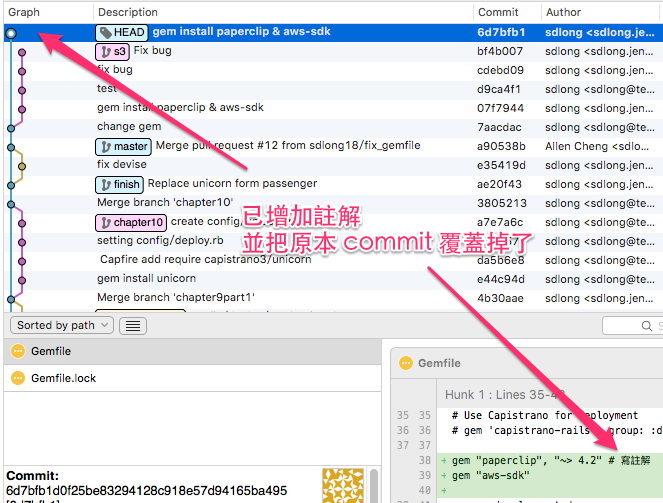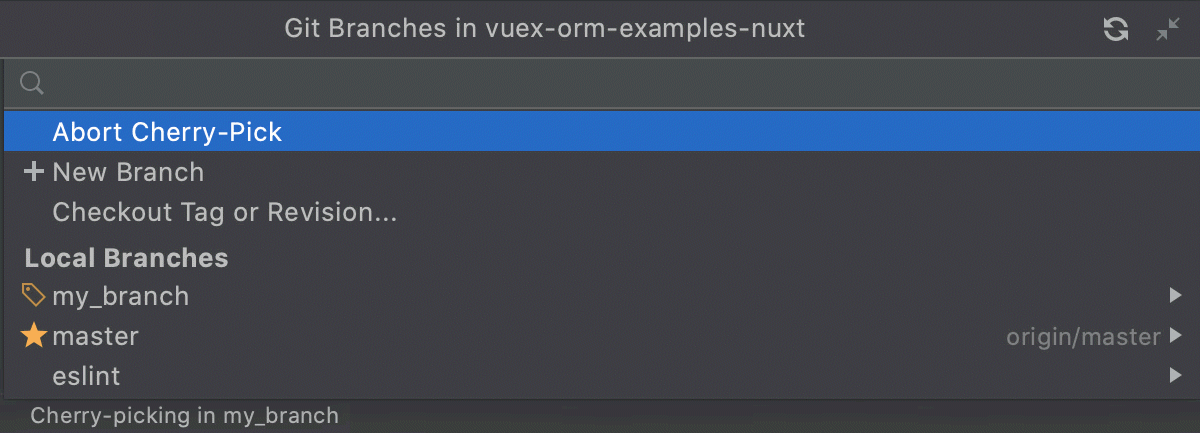

‘base’ is used in the documentation to allow the base to mean a branch, a commit, a tag, or anything else that can be. If you replace the word ‘base’ with ‘ancestor’ it means the same thing, so in other words: Give a new ancestor to a commit or sequence of commits. Keep in mind that now you have changed your local commit history, so it might require a force push to remote. git-rebase - Reapply commits on top of another base tip.

You can start over again instead with git rebase -abort in case something goes wrong. Now your history contains new, more granular commits. That means that none of the changes introduced by the problematic commit will be included. You can run git rebase -skip to completely skip the commit. Git will return you to your branch's state as it was before git rebase was called. When you are done with your surgery, invoke git rebase -continue You can run git rebase -abort to completely undo the rebase. ), producing as many commits as you need. Commit the pieces individually in the usual way ( git commit. This is the step where you create new smaller commits, or in other words where you split the original one. Now all the changes done in that commit are unstaged and need to be committed again. You are now editing commit 85a90cf New rendering engine.

#Git rebase abort update#
Your commit list in the editor should now look like this: pick ddb5c99 Update graphics Find the commit you want to split in the list and change the pick word into edit (or e in short). In the part you will find instructions on what you can do in this page: we need the edit command to manipulate our commit. Pick 527247a Add support for videos - newer commit I've added - older commit and - newer commit in the snippet below to make it clear, you won't find those notes in the editor: pick ddb5c99 Update graphics - older commit Note that it might be confusing at first, since they are displayed in a reverse order, where the older commit is on top. This command will open up your text editor of choice with a list of all the commits starting from (but excluding) the one you passed in. Say for example that this is your history (as shown with git log -oneline): 527247a (HEAD -> master) Add support for videos The first thing to do is to look at your commits history and pick a commit older than the one you want to split.
#Git rebase abort how to#
In this quick tutorial I want to show you how to split a commit into multiple parts the easy way. Maybe you want to move the changes done to b.txt to another commit, in order to make your history clearer. Then, hours and many commits later, you realize that changes done to b.txt should not be part of that commit. At some point you create a commit that include, say, changes to files a.txt, b.txt and c.txt. Imagine you are working with multiple files in a Git-managed project.


 0 kommentar(er)
0 kommentar(er)
